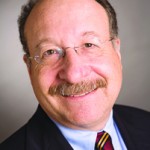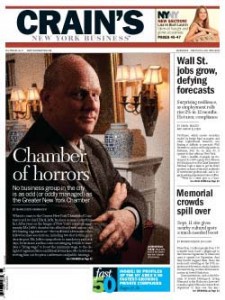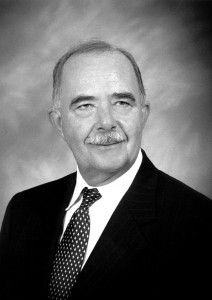Margaret Daly
Term: 1980
Career: Assistant, writer, executive features editor of Better Homes and Garden magazine; retired in 1999 from Meredith Custom Marketing, where she was the editorial marketing director.
Did you know: Graduated Phi Beta Kappa from Vassar in 1959.
Cheryl Hall
Term: 1987
Career: After graduating from Southern Methodist University in 1973, returned to Dallas Morning News where she was a summer intern in 1972; promoted to business editor 10 years later; started “Ideas at Work” column in 1992.
Did you know: First elected governor in 1981 and rotated off board in 2003; Distinguished Achievement Award recipient in 1996.
Sue Thomson
Term: 1990
Career: Reporter for “Dollars & Cents” section of St. Louis Post-Dispatch in 1970s and ‘80s; covered higher education before leaving paper to freelance for St. Louis Magazine and National Center for Public Policy and Higher Education
Sandy J. Duerr
Term: 1991
Career: Bachelor’s and master’s degrees from Northwestern; Knight Journalism Fellow at Stanford University, 1989-90; business reporter and then editor at Louisville Times; business editor, Louisville Courier-Journal; executive editor of The (San Luis Obispo) Tribune since 1998.
Did you know: Organized 1991 convention in Washington, D.C., at which President George Bush spoke, the only time a sitting president has appeared at a SABEW event. Convention planning also led to romance with fellow governor Gary Klott. They married in November 1991 and had two children.
Jodi Schneider
Term: 1995
Career: After receiving master’s degree at Medill, served as business editor at Boulder Daily Camera and Orlando Sentinel before joining The Washington Post as local business editor in 1995; held variety of positions at U.S. News and World Report, Congressional Quarterly and American Banker; currently at Bloomberg News’ D.C. bureau.
Did you know: Blogged for a year about finding and keeping a job at dcworks.info
Susan Wells
Term: 1998
Career: With a bachelor’s degree from University of Georgia, worked for The Associated Press and trade journals before joining the Atlanta Journal-Constitution in 1979. Served as business editor from 1991-99. Retired from the AJC in 2008; currently writes for Georgian Legal Services Program.
Did you know: A master gardener at heart, she blogs for Home Depot.
Kathy Kristof
Term: 2003
Career: After graduating from the University of Southern California, covered banking for Los Angeles Business Journal; joined Los Angeles Times in 1989; written for The Financial Times, Bloomberg News and CBSMoneyWatch; contributing editor to Kiplinger’s Personal Finance.
Did you know: Took over Sylvia Porter’s syndicated financial column in 1991 and became a Jeopardy question.
Gail DeGeorge
Term: 2007
Career: A Michigan native, graduated from Oakland University in Rochester, Mich.; worked at The (Cleveland) Plain Dealer and Cincinnati Inquirer before heading to Florida; business reporter at The Miami Herald from 1984-86; BusinessWeek’s Miami reporter and bureau chief; named business editor at South Florida Sun Sentinel in 1998; joined Bloomberg News’ D.C. bureau in 2011.
Did you know: Wins award for longest book title: “The Making of a Blockbuster: How H. Wayne Huizenga built a sports and entertainment empire from trash, grit and videotape.”
Jill Jorden Spitz
Term: 2012
Career: University of Arizona alum; joined Reno Journal-Gazette in 1988 before moving in 1991 to Orlando Sentinel to cover Disneyworld and Universal Studios; started as business reporter at Arizona Daily Star in 1998; named business editor in 2004; promoted to assistant managing editor in 2004.
Did you know: Past president Arizona Press Club.
Related:
Notable Women Business Journalists
Women Play Major Role in SABEW and Business Journalism
Dorothea Brooks 1923-present. United Press International



